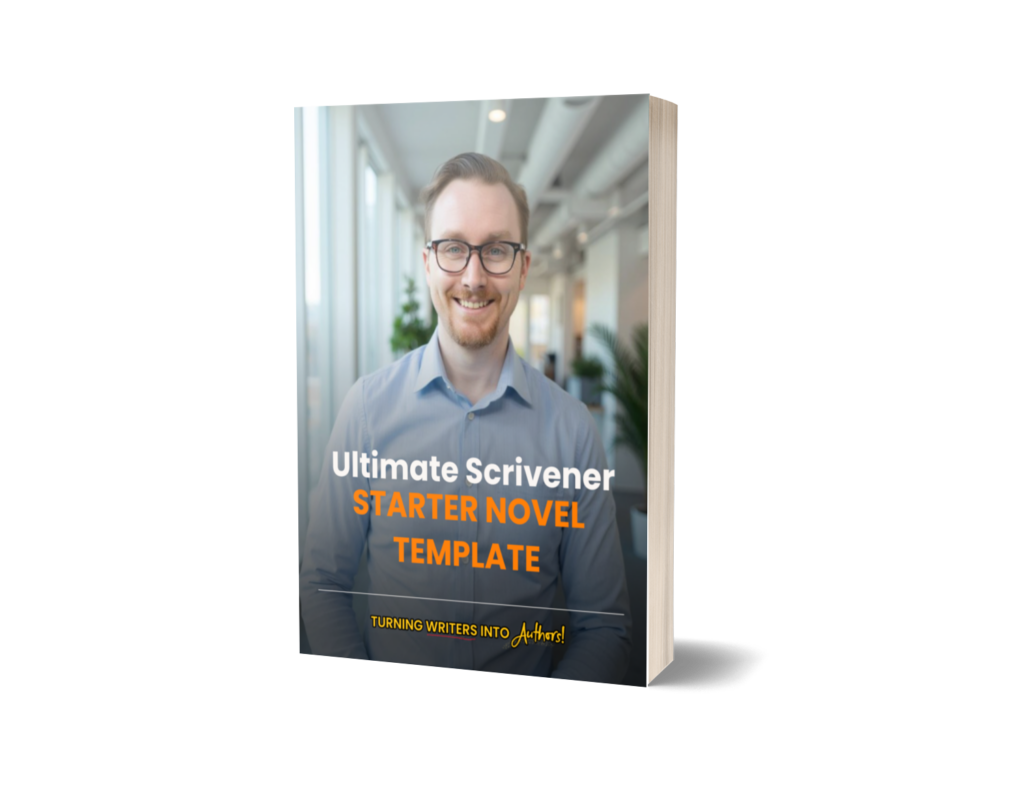Introduction
Writing a book is difficult enough, but fiction writers have it really tough. To write a book that blows minds we need characters that leap off the page and into real life. As the old cliche goes, “That’s easier said than done.” Today, we will discuss tools that you can use to craft epic characters into your narrative.
Voice
Much of character realism is based on your character’s unique voice. As writers, fancy book art will only get you so far. It is the words we use that bring those images to life. And developing a character voice is essential to any great narrative. However, there are so many decisions to make. What point of view will you choose to write your book in? Will the narrator have its own distinct voice? How do I make sure my character doesn’t sound like a carbon copy of my own voice? These questions just scratch the surface. So, where do you start? If these questions and more riddle your brain with distress then I suggest you buckle your seat belts for some awesome tools.
Tool #1: Word Clouds
Word clouds are a dynamic tool that allows you to explore the language of your character. These clouds are not intended to represent every word that a character says; instead, you should focus on identifying unique words or phrases that your character favors. You will want to consider their educational level, their economical status, their career, their reputation, and their relationships. Education determines significantly the quality of speech. Educated characters may use unusually long words for example. Someone living in a poor economic status may not be educated at all and will speak poorly, or perhaps that economic status of an educated person has fallen and your character this will affect the character’s voice. Their career choice will determine the terminology they use, especially while at work. The kind of reputation that a character is another key factor. Is your character aggressive, mean, rude? Is your character humble, amiable, kind? Or some combination of these attributes. These are just examples. I hope you can see the possibilities. Note too that people act differently around different people. We may unconsciously behave differently around our family than we are around our co-workers or a complete stranger. Let your characters do the same. Take note of how you behave around different people. Do you use different words? I suggest you identify five to fifteen words or phrases unique to your character. Age is also a big one. Characters with more life experience just talk and act differently than say a ten-year-old.
Tool #2: Character Templates
This tool is also frequently called a character sketch and the many varieties of these templates or sketches are unfathomable. The reality is that there these tools are versatile. I suggest you create a base template for the genre or genres that you prefer to write and then expound on those templates based on which project you are currently working on. It is really worth taking the time to make a basic character template. It speeds up your character creation process a ton.
Some of you might be saying to yourselves, “So, I’m a discovery writer. I don’t like to outline or use templates. I just want to write!”
That is totally okay. Character templates are not for everyone. I’d still recommend you give it a go, especially once your read about prewriting, but my goal here is to provide you with a tool. It’s up to you to determine where this tool will be a useful addition to your toolbox. If it isn’t, kick it out and find something that works better.
Tool #3: Prewrite
Prewriting, for our purposes, is a form of discovery writing. If you are a discovery writer, your characters will typically be stronger starting off because you explore your characters more than outliners. Prewriting is a powerful tool in character building. To effectively prewrite your character, you’ll want to place them into the world. If you don’t have a setting yet and you’re not a discovery writer, be sure to check out my tips on Worldbuilding. However, you can complete this exercise with or without a solid setting. Just realize that you’ll likely spend as much time discovering your setting and your world.
It is important to remember that this scene or chapter your write is not meant to be included in the final draft, so go crazy. Don’t worry too much about the quality of the piece, what we’re looking for here is to put our word clouds and character templates to use. What feels right and what doesn’t. Too often emerging writers focus so much on creating the template that they never get around to testing it out. Templates and word clouds are great, but they are tools to help you write your character.
As you work through your prewrite, you’ll find that some elements of your character template don’t fit the character that is emerging on the page and vise versa. Make corrections to the template and word clouds as needed. Don’t feel bound by these documents rather use them as a springboard that launches you into the unknown, exciting waters of character development.
Prewrite for as long as you like. It may take multiple attempts, but over time you’ll come to know your characters.
A Word of Caution
It can be easy to want to spend a ton of time here. If you are not careful you could use this tool as a means of procrastinating actually writing your novel. Write until you have a good sense of who your main characters are. You can use this tool for every character, but you’ll want to spend less time on characters that have brief cameos and that are not integral to the storyline. However, really you can use this tool however you see fit.
